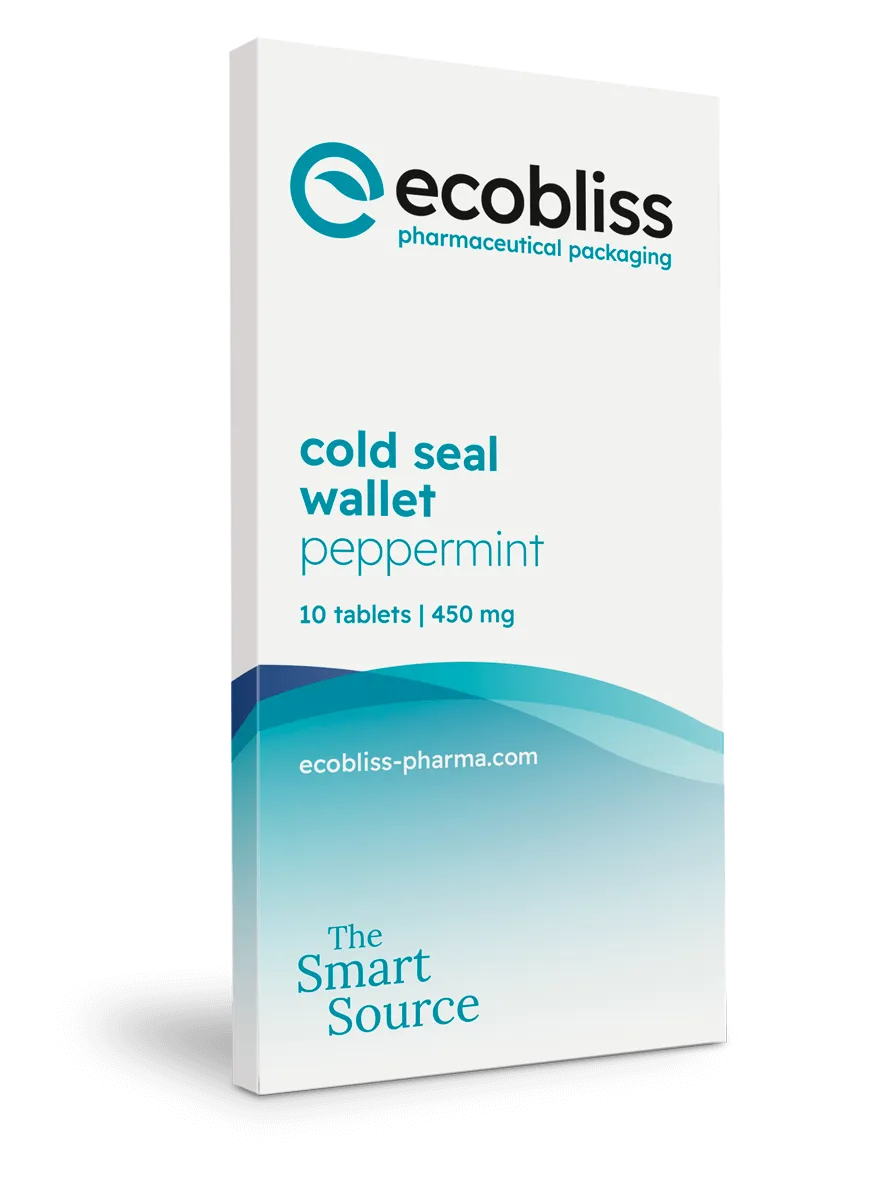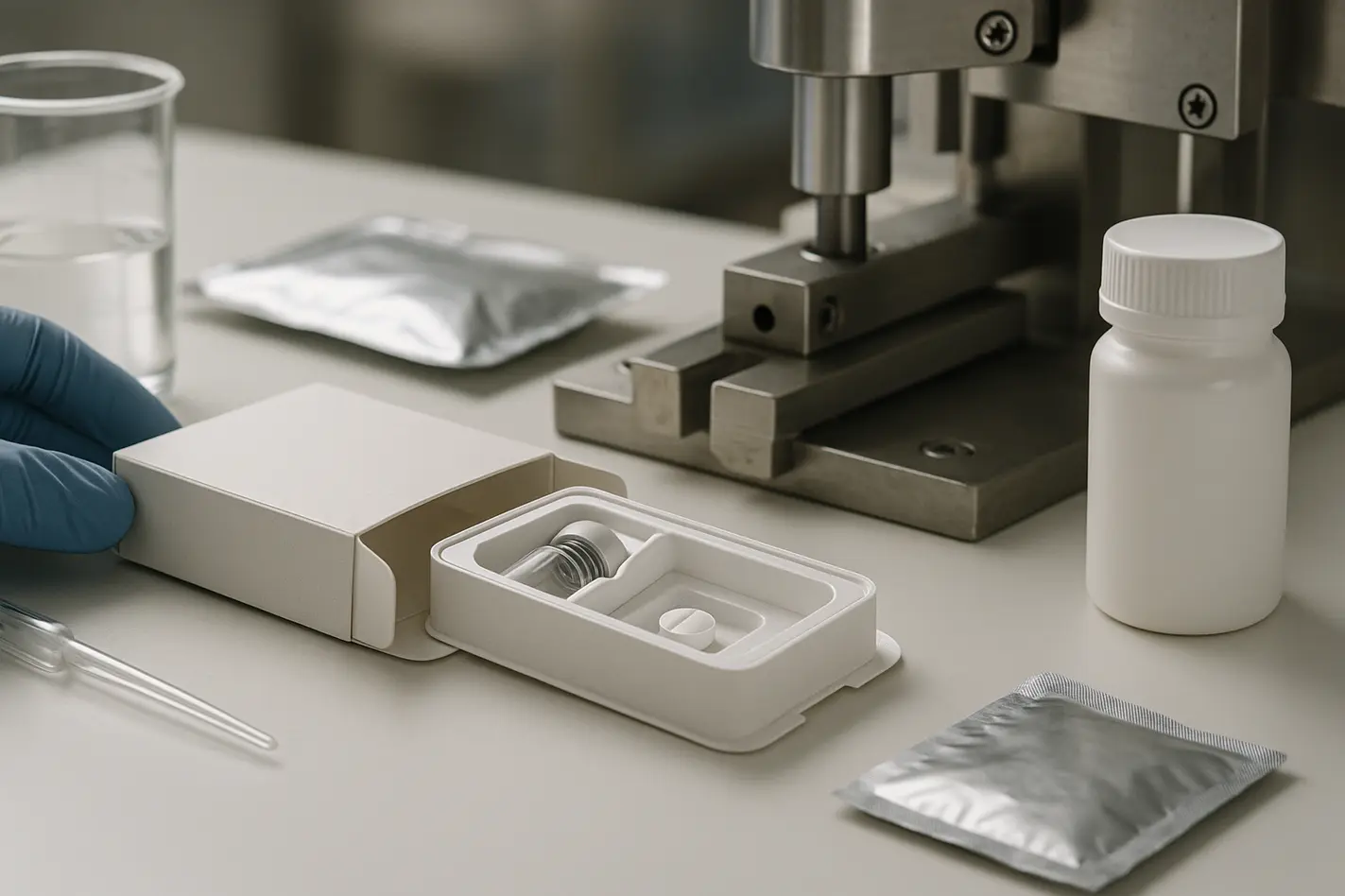Custom packaging for rare disease treatments supports safe use, improves patient understanding, and ensures all needed items are correctly included. These treatments often involve small doses, titration steps, and home use, so packs must guide users clearly and protect all contents.
• Small batches and high-value drugs require flexible and precise packaging.
• Titration packs must guide patients through dose changes step by step.
• Home-use packs need child-resistant and tamper-evident features.
• Usability supports patient adherence and reduces errors.
• Early packaging planning helps meet country-specific rules and speeds launch.
Why rare therapies need special packaging
Rare disease treatments, also called orphan therapies, are made for small groups of patients. These drugs can be life-changing, but they often need complex or changing doses. Many are used at home, where trained staff are not present, so clear and safe packaging is critical.
Each pack must support daily treatment, protect the drug, and hold all needed items. Because there are few patients, production batches are small, and standard packaging is often not suitable. We design custom packs that match each therapy from shape to function so treatment becomes easier and safer.
How custom packaging for rare disease treatments reduces treatment risks
Mistakes with rare disease drugs can reduce treatment success or even harm patients. The wrong dose, unclear instructions, or missing components can delay care. Some drugs come in multiple strengths that look very similar, which increases the chance of confusion.
Custom packaging for rare disease treatments helps prevent these risks because it places items in a clear order, keeps sterile tools separate, and guides handling. This is important for safe use, especially when patients or caregivers manage care at home without medical staff present.
Better usability leads to better adherence
Usability means patients and caregivers can follow a pack’s instructions easily. Many users are new to self-treatment, so packaging must reduce confusion and give clear directions.
We use design tools like color blocks, daily dose checklists, and numbered steps. High-contrast print and symbols help users know what to do next. This reduces stress in daily care and supports people in completing their full treatment or titration programs over time.
Home use adds child-safety and tamper needs
Packs often go into homes where children live. This means they must include safety features to stop accidental openings and to show if someone has tampered with the treatment.
We design child-resistant packaging such as lockable wallets or trays with secure closures. Each format is tested with users to ensure it feels safe but still allows adults to open and close it easily.
Custom packs for titration in rare therapies
Titration means a dose starts low and increases step by step. This helps doctors find the right dose for each patient but can create confusion if packs are not designed well. Mistakes in dose order or skipped steps can weaken the effect of the treatment.
Our titration packaging formats separate doses with physical dividers, color codes, or staged layouts. This shows users what to take and when. We group doses into day-by-day sections so the full pack acts like a clear timeline.
Organizing all tools in one pack
Some therapies include other items like swabs, devices, or printed instructions. These all need to stay in place during transport and use. If something is missing or hard to find, patients may make mistakes.
Our trays and holders keep each item in the correct spot. Sterile items stay sealed and separate. Even if the main device comes from another supplier, we design the pack layout so every part fits together and guides the user correctly through the treatment steps.
Flexible solutions for small-batch needs
Rare disease therapies are often packaged in very small batches. Each batch may include version changes, new instructions, or country-specific needs. That makes standard processes less useful.
We support clinical trial packaging services and small commercial runs by using fast-change tooling and digital printing. This lets us adjust late-stage changes without major delays and helps us create different language versions or formats quickly.
Keeping custom packaging for rare disease treatments consistent over time
Patients may use the treatment for years, starting in clinical trials and continuing through commercial launch. If the packaging changes too much across these phases, it can confuse users or lead to errors.
We support pharma packaging design and development across the full product journey. This helps keep layouts, opening steps, and pack flow familiar for patients. It also reduces the need for retraining and supports confidence and long-term use.
Preparing packs for global launch
Each country has its own rules for packaging. These can include language, Braille, safety symbols, and serialization. Serialization means giving each pack a unique code to track and protect the supply. Some regions also demand child safety or senior-friendly features.
If these rules are missed, the product may be delayed or blocked. We design packs early with these global needs in mind, leaving space for changing labels, countries, codes, and translations. This avoids surprises late in the project and helps ensure smooth approval.
Designing with sustainability in mind
Better packaging also means caring for the environment. In rare diseases, this means using smart materials that support full function without waste. We limit plastic and heavy materials when possible.
For example, we use paper-based trays and cold-seal adhesives that skip harsh glues. In the Lundbeck case study, we showed how smart design choices saved materials while keeping packs easy to use and safe for patients.
Our steps: from idea to full pack
When we create custom packaging for rare disease treatments, we start with the therapy’s full dose journey, needed components, and safety conditions. We make draft layouts and early versions to test usability. Then we refine the format for production and labeling.
We include things like serialization space, multilingual panels, and final IFUs from the beginning. If your team needs titration kits, day-by-day wallets, or starting packs for launch, we are ready to help. Visit our contact page to start planning with us.
What to share with us for effective design
To build the right packaging, we need some key details from your project team:
• A dose map: shows treatment steps over time, including titration changes.
• Target markets: lists countries, languages, and specific safety or labeling needs.
• CR/SF need: says if the pack must meet rules for child resistance or senior-friendliness.
• Sustainability goals: sets targets for material types or reduction of impact.
• Included items: lists all components like syringes, pens, instructions, or data tools.
By sharing this early, we avoid delays and create accurate, compliant packaging quicker. Every pack helps a patient use rare treatments safely and fully, so we take that responsibility seriously.
Request a free sample now!






